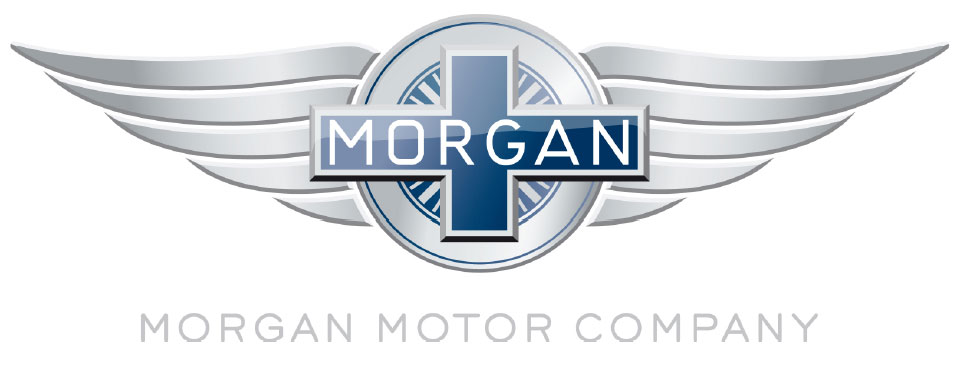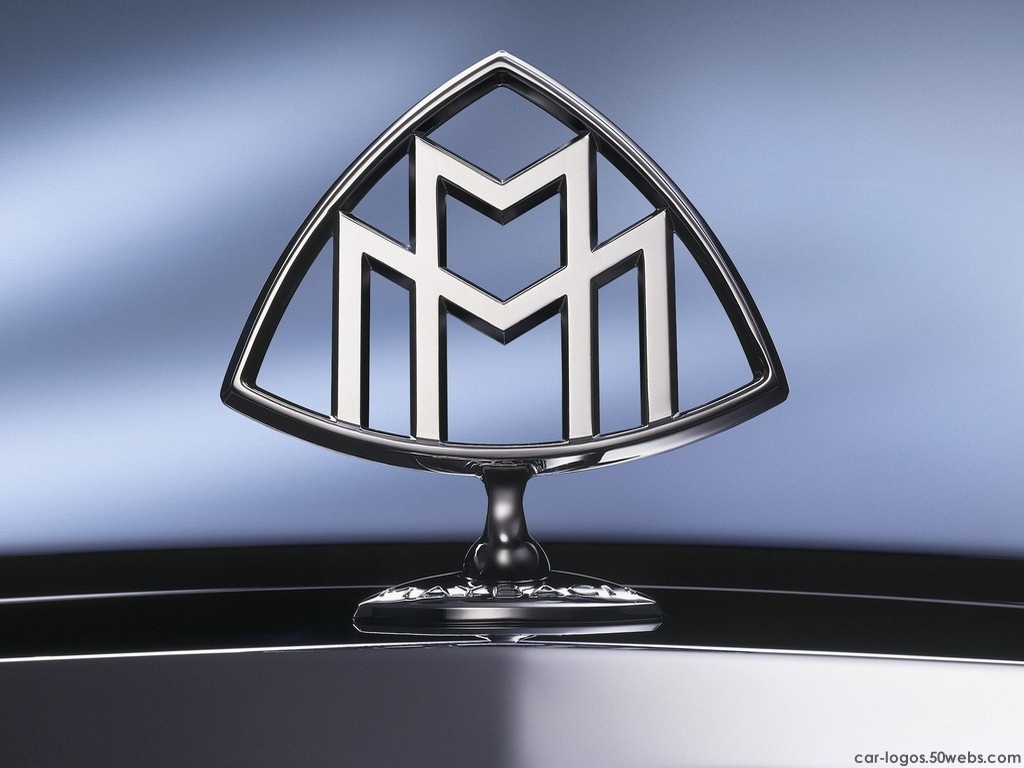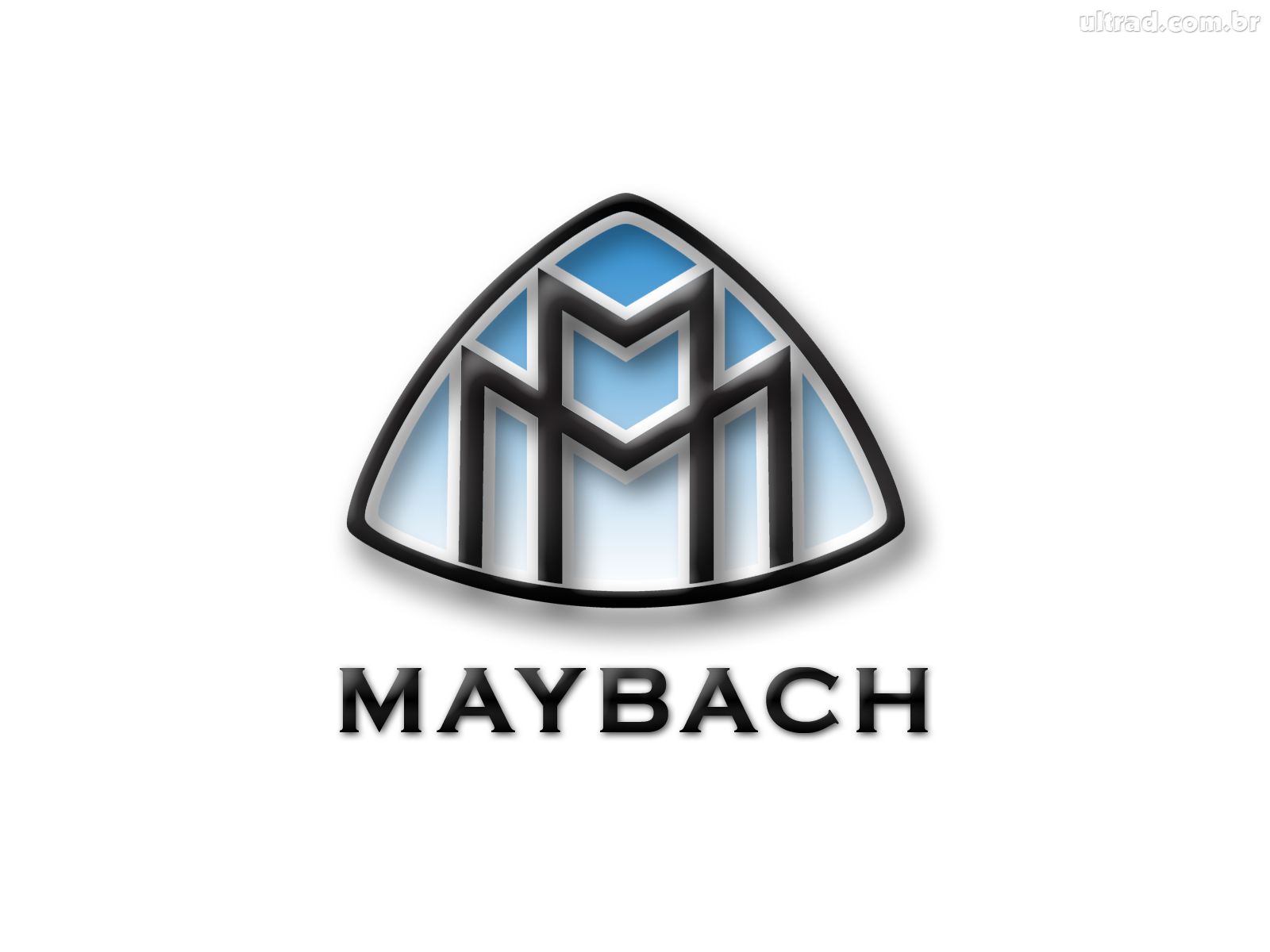The message that any car business trademark wants to convey to its customers is one of speed, dependability, strength and style. Since cars are not only a means of communication anymore but also a symbol of class, style and advancing technology, the faster and stylish they are, the more popular they will be. Hence the same features of style, speed and high quality should be reflected in a car logo as well.
The brand mark of a car corporation should be simple enough to be memorable and distinct enough to be differentiated from others.
Below mentioned are some of ideas for your car business image.
Use animal attributes to symbolize your company features:
A car company logo should portray speed, reliability and power. The animals that are perfect to portray that message to the viewers are horses, cheetahs, bears, bulls and eagles because of their grace, strength and intimidating personality. You can use a sprinting horse to signify grace, speed and steadiness or you can use a leaping leopard to represent speed and style. You can also use an eagle's wings in your brand mark to symbolize speed and sharp sightedness or a raging bull to represent competitiveness and strength.
Use the corporation name within a ring like structure:
The most famous trend in car trademarks is the use of rings. The ring is a symbolization of car wheels and also adds an air of simplicity to the design which is why it is so popular. Since this shape is so flexible, it can be used in a variety of styles. For example you can use the corporation name or initial in a ring or you can put a lot of rings together or within each other creatively to symbolize your brand. You can also add symbols that signify speed and motion in your ring like structure for example; you can add a thunderbolt in the ring or wings of a hawk around the ring to depict speed. You can also use ovals or mandala like patterns to make your car logos distinct from others.
Use abstracts of speed and strength in the design:
Using abstracts in car firm images is another rising trend. Abstract effects give a subtle feel of the company features that makes the image interesting and eye catching. You can use abstracts of speed and style in your design for example; you can use the company initial or a car illustration with a few horizontal lines to represent speed or use a ribbon effect to symbolize style.
















.gif)



































